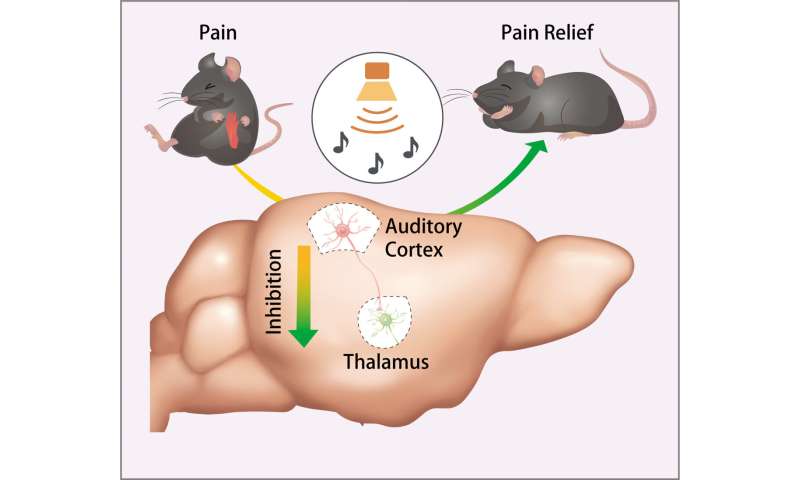Music Can Influence Foetal Heart Rate in the Womb

Playing music has long been a way for expectant parents to connect with their children in the womb, but a group of researchers has found evidence it can calm foetal heart rates, potentially providing developmental benefits.
In the interdisciplinary journal Chaos, researchers studied the effect of classical music on a foetal heartbeat. The team used mathematical analysis tools to identify patterns in heart rate variability.
Typical measures of heart rate are an average of several beats across multiple seconds. In contrast, heart rate variability measures the time between individual beats. This measure can provide insight into the maturation of the foetal autonomic nervous system, with greater variability often indicating healthy development.
To test the effects music can have on foetal heart rate, the group of researchers recruited 36 pregnant women and played a pair of classical pieces for their foetuses. For the experiment, they chose “The Swan,” by French composer Camille Saint-Saëns, and “Arpa de Oro,” by Mexican composer Abundio Martínez.
By attaching external heart rate monitors, the researchers could measure the foetal heart rate response to both songs. And by employing nonlinear recurrence quantification analysis, they could identify changes in heart rate variability during and after the music was played.
“Overall, we discovered that exposure to music resulted in more stable and predictable foetal heart rate patterns,” said author Claudia Lerma. “We speculate that this momentary effect could stimulate the development of the foetal autonomic nervous system.”
In addition to the overall effects of playing music, the researchers looked at the differences between the two classical pieces. While both were effective, they found that the Mexican guitar melody had a stronger effect.
“When contrasting ‘The Swan’ with ‘Arpa de Oro,’ we did notice some significant differences,” said author Eric Alonso Abarca-Castro. “In particular, the second piece appeared to have a stronger impact on some measures, indicating that it produced heart rate patterns that were more predictable and regular. Factors like rhythmic characteristics, melodic structure, or cultural familiarity may be linked to this differentiation.”
For expectant parents at home, the researchers suggest that classical music could help promote fetal development.
“Our results suggest that these changes in foetal heart rate dynamics occur instantly in short-term fluctuations, so parents might want to consider exposing their foetuses to quiet music,” said Abarca-Castro. “Parents who play soothing music may stimulate and benefit the foetal autonomic system.”
The authors plan to continue to explore this effect, looking at different genres and types of music to further their understanding.
“To ascertain whether rhythmic or cultural variations elicit distinct foetal cardiac responses, we intend to increase the size of our sample and expand our investigation to include a variety of musical styles beyond classical pieces,” said author José Javier Reyes-Lagos.
Source: American Institute of Physics



